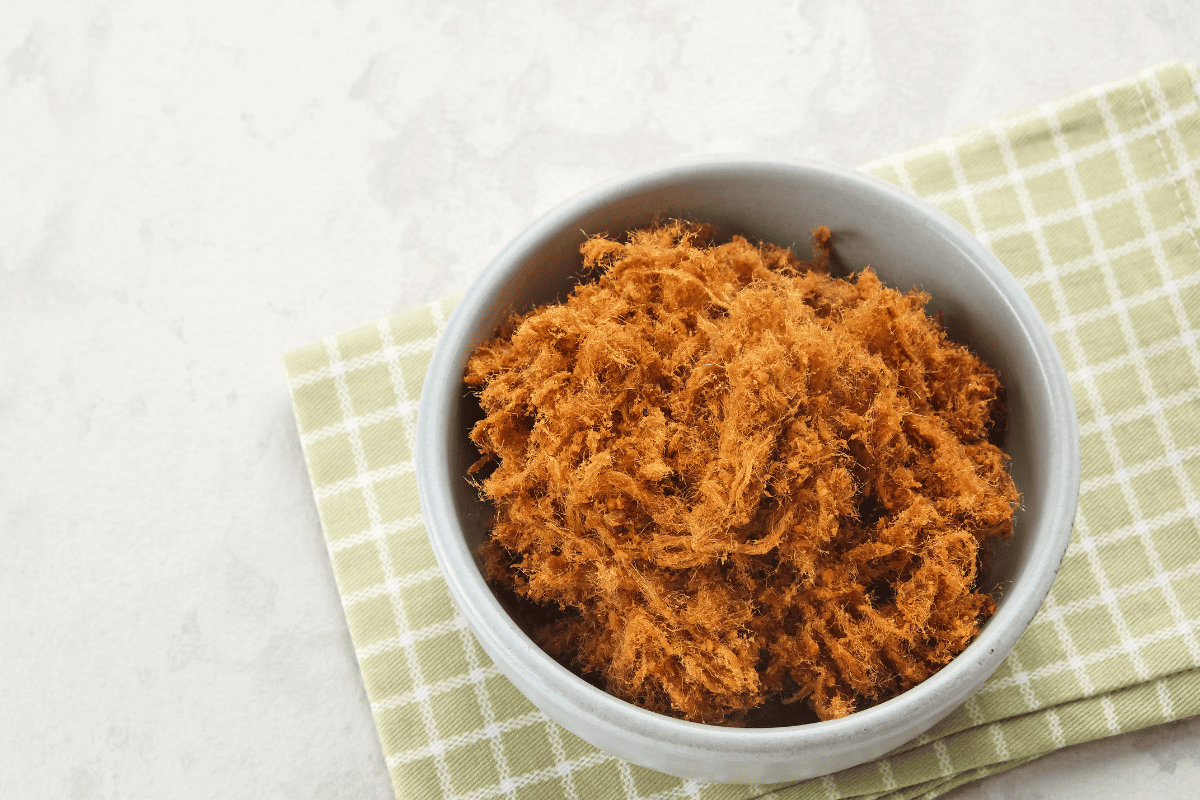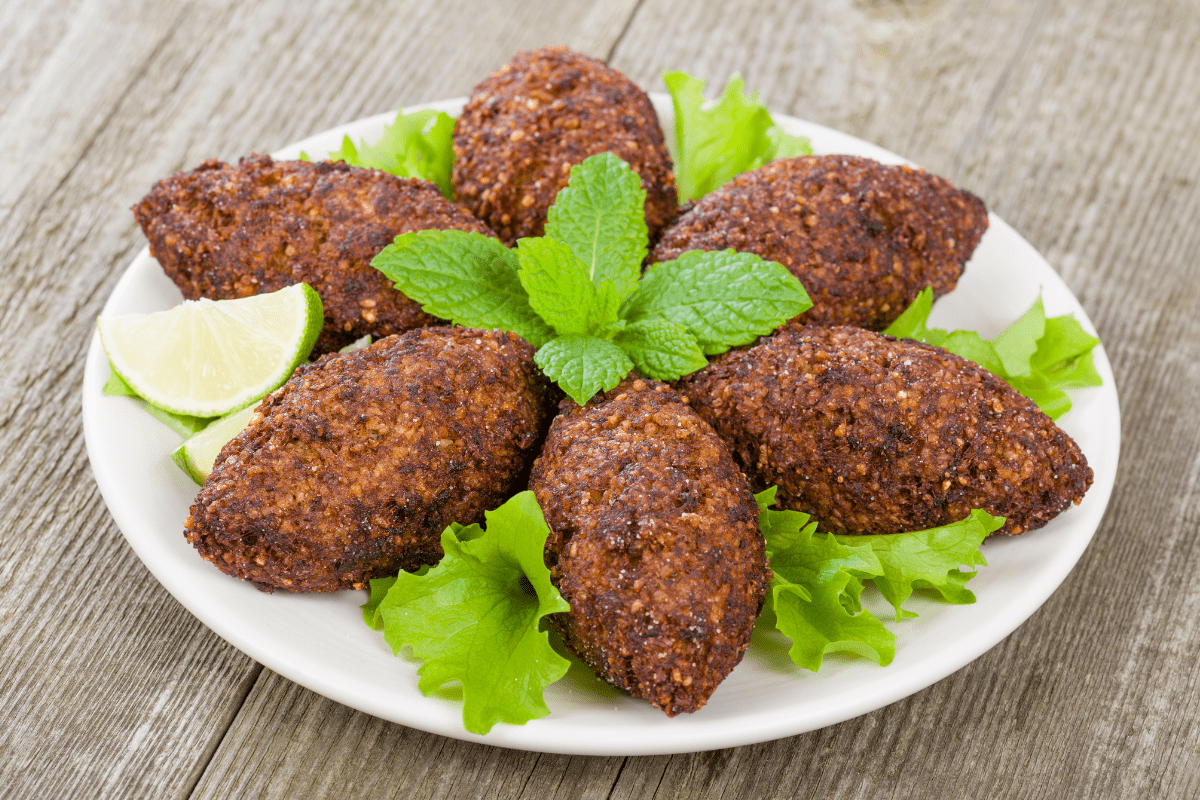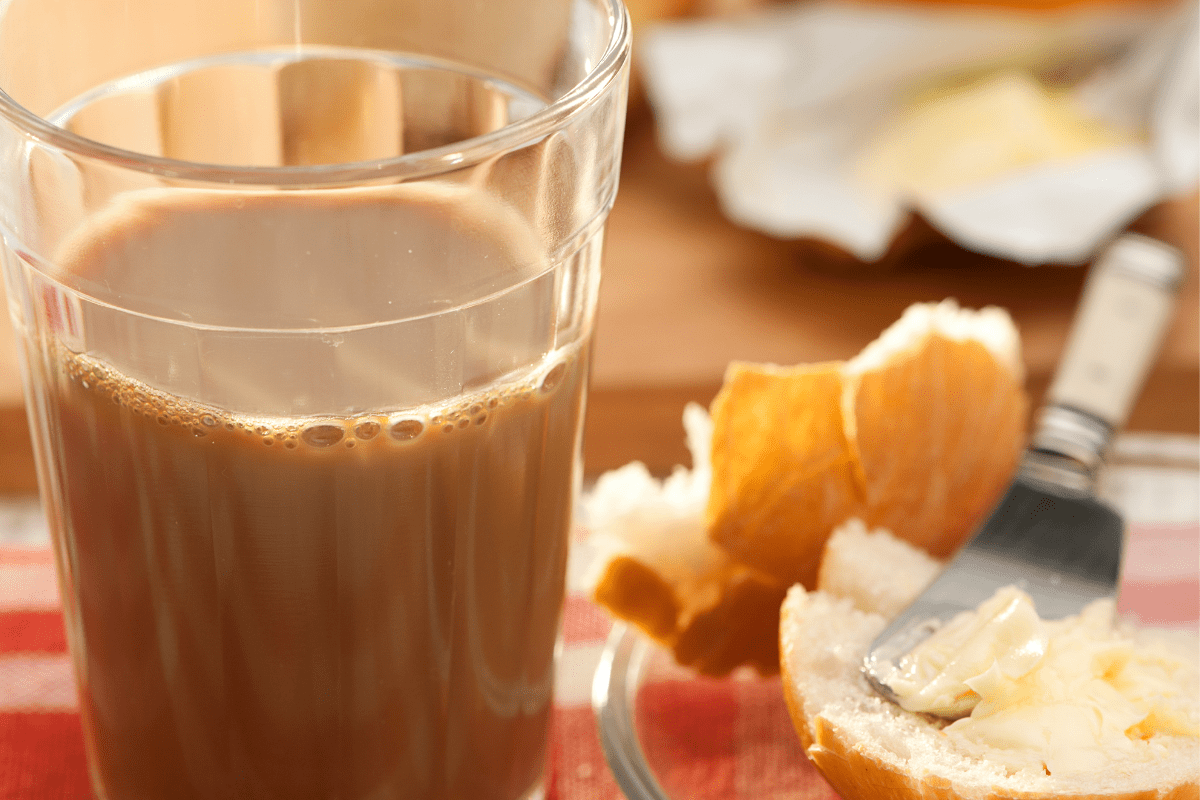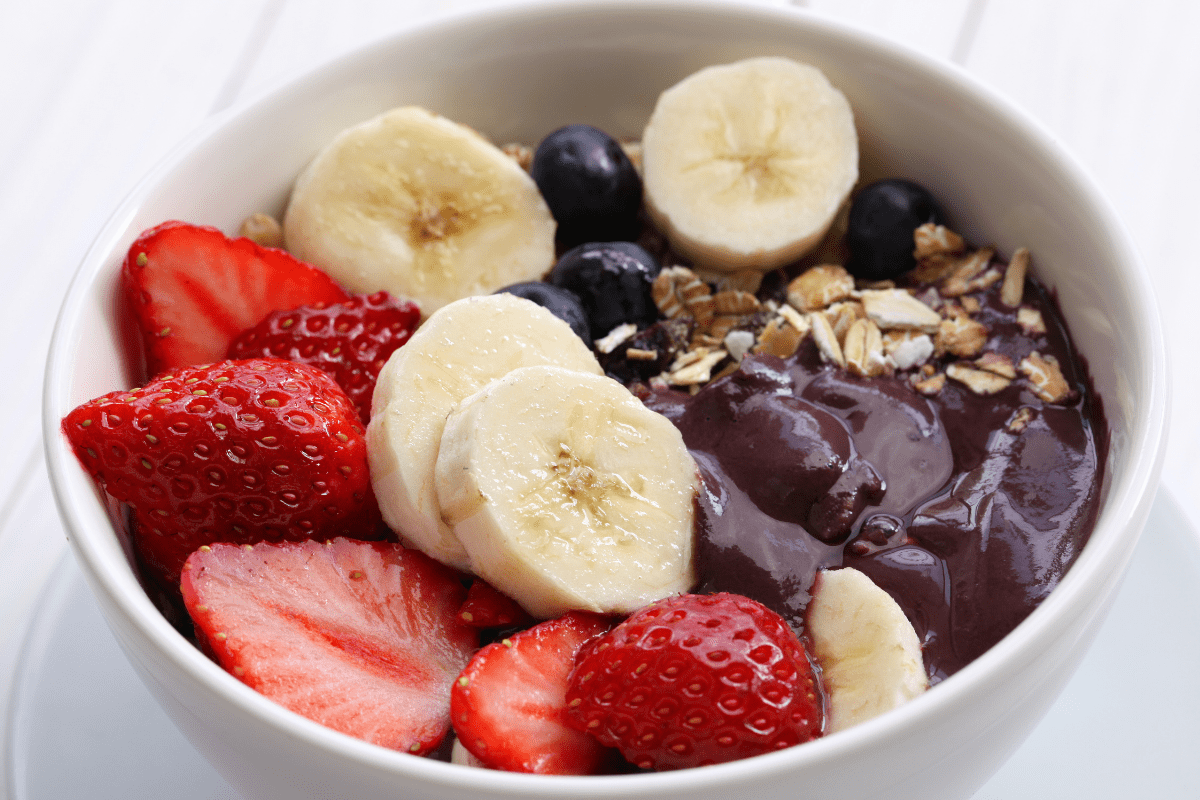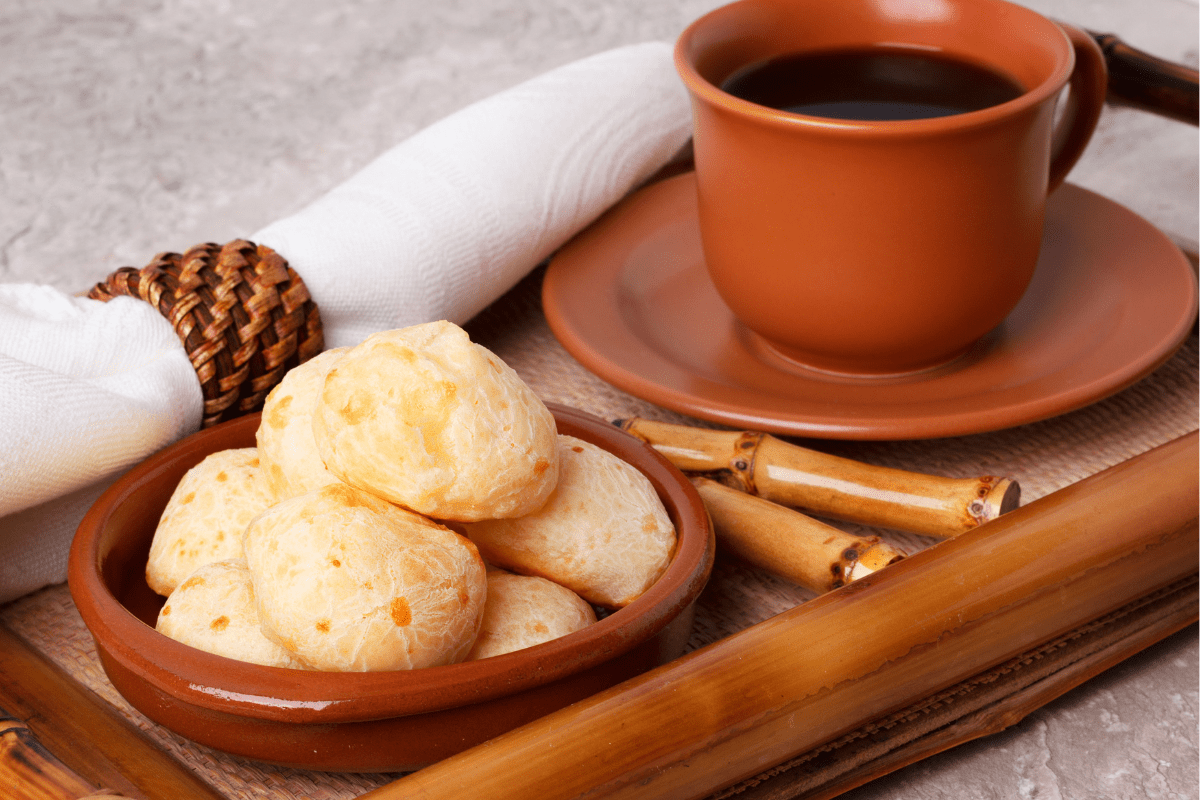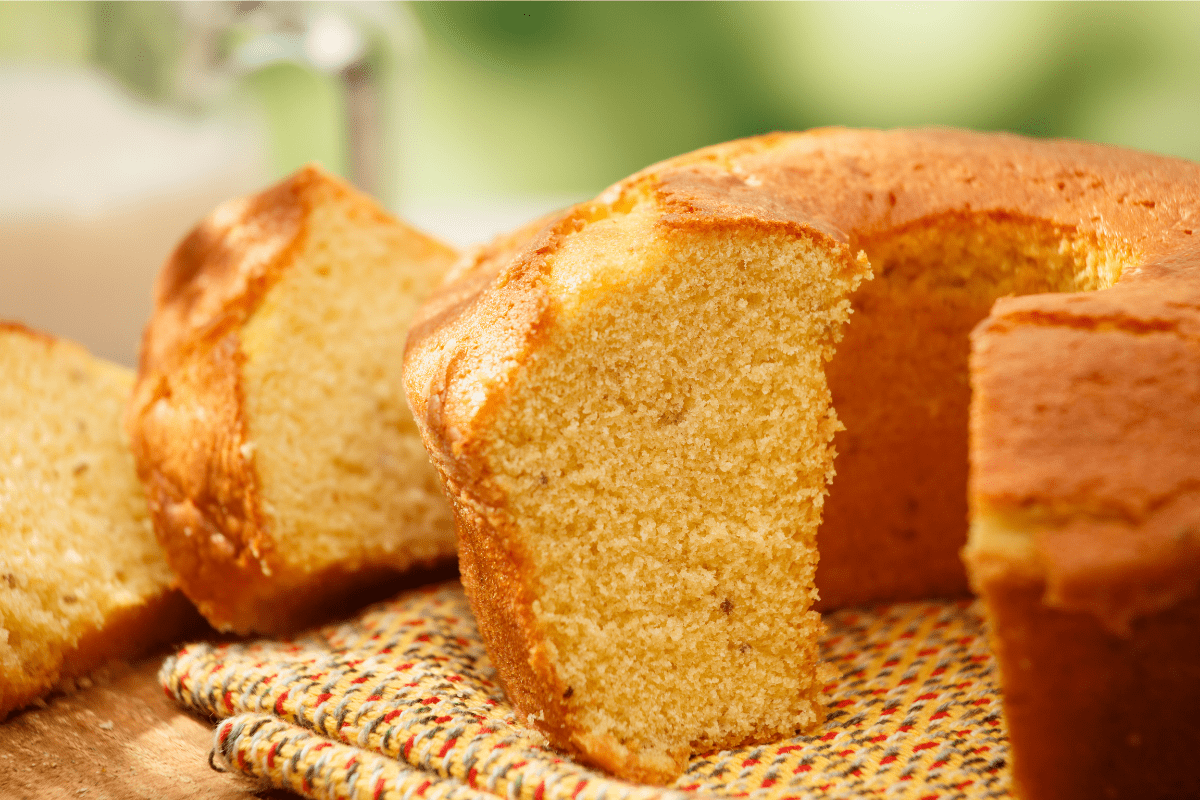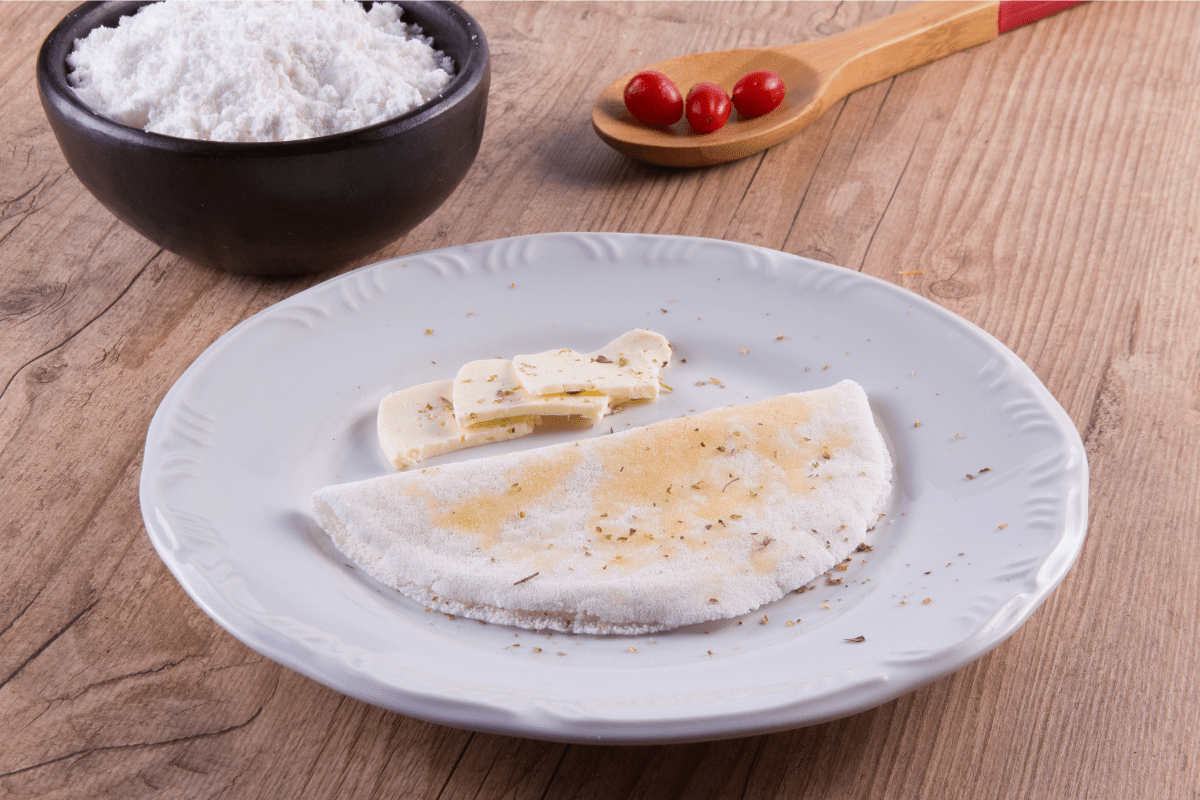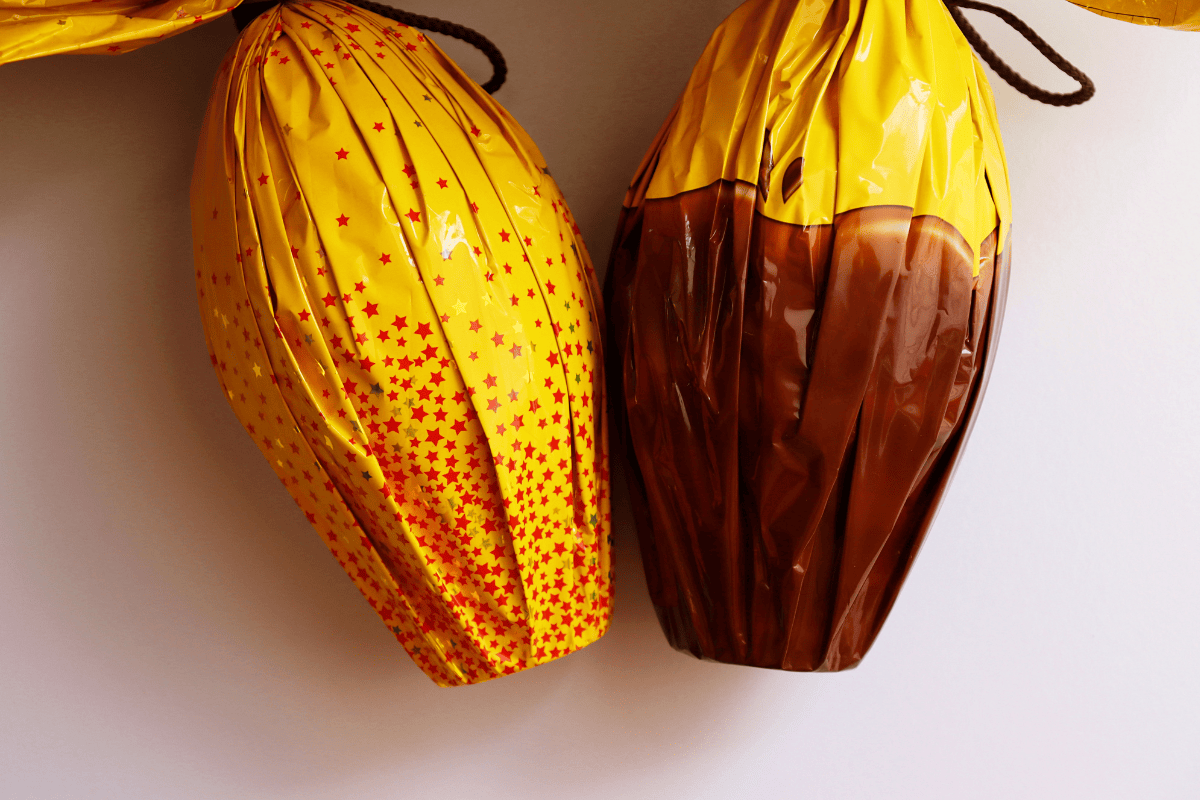
Brazil remains a predominantly Catholic nation, with nearly 70 percent of the population identifying as such. This means Easter, or “Pascoa,” is a big deal. With Carnival drawing to an end, Brazilians turn their attention to the more solemn-yet-still-joyful traditions of Easter. While Brazil celebrates in much the same way as the US, with chocolate eggs (called “ovo de pascoa”) and Easter Mass, there are a few rituals that are a nod to the country’s unique history and blend of cultures.
Pascoa in Brazil
The Ovo de Páscoa
In Brazil, Easter eggs hold a special place in the hearts of both children and adults. Unlike American eggs, which are often small and plastic or hard boiled, a Brazilian ovo de pascoa is chocolate and LARGE–about the size of a pineapple. Some are filled with more chocolate, but most are hollow and contain small toys or wrapped candies.
The ovos de Pascoa are sold wrapped in foil that is twisted and fluted at the top. You can find them lining the aisles of supermarkets or, more often, suspended from the ceiling like helium balloons. They arrive in shops well before Easter Sunday and can set you back a pretty penny (as much as $30 per egg!).
Good Friday Dinner
The Friday before Pascoa holds a significant place in the Christian calendar, marking the crucifixion of Jesus Christ. In Brazil, it is customary for families to gather for a special dinner on Good Friday, often featuring fish dishes. This tradition reflects the Catholic practice of abstaining from meat on Fridays during Lent, the period of fasting and penance leading up to Easter.
Bacalhau is a kind of salt cod that features in a variety of recipes, and will typically be found in some form for dinner on Good Friday. Bacalhau com natas is a favorite, as are fried fish balls called bolinhos de bacalhau.
Minas Gerais Páscoa Flower Carpet
In the state of Minas Gerais and other regions, Easter is celebrated with a unique tradition known as the flower carpet, or tapete de flores. This involves creating elaborate designs using flower petals and colored sand. In some areas, children dressed in white sing hymns while the carpet is being made.
Blooms for Palm Sunday
A species of flower called the macela, is a beautiful, tropical bloom that flowers only around Easter. For this reason, it is often brought to mass on Palm Sunday, the Sunday before Pascoa. The auspicious flowers are also used for a variety of medicinal purposes, from indigestion-curing teas to crushed petals stuffed in pillow cases to promote sleep.
Painting of Cats and Dogs in Ivoti
In the town of Ivoti, there is a rumor that takes on a whimsical tone with the tradition of painting cats and dogs. According to local lore, this playful custom originated centuries ago when villagers would paint animals to let the children know that Easter was on its way.
Easter Dinner Made Simple
Wondering what to serve for Easter dinner? We can help! You can either enjoy a delicious meal tableside at one of our 50+ locations, or order a beautiful dinner to go. Or, purchase one of our hand-curated butcher boxes to have premium cuts of meat, like Australian rack of lamb, delivered right to your door.


